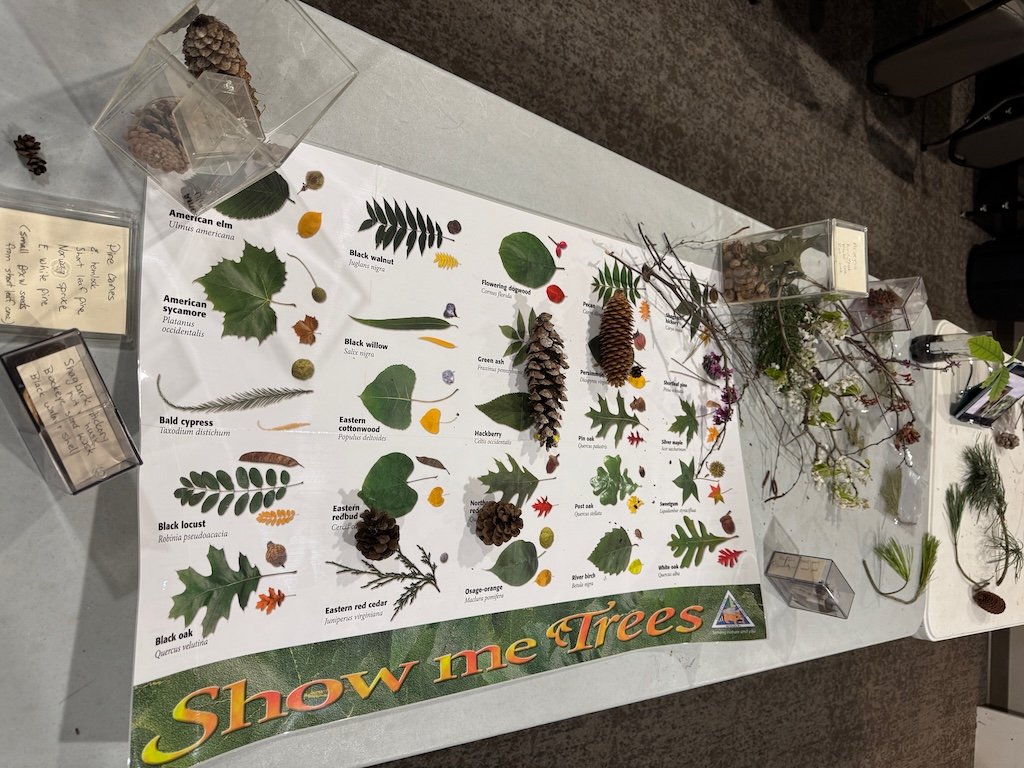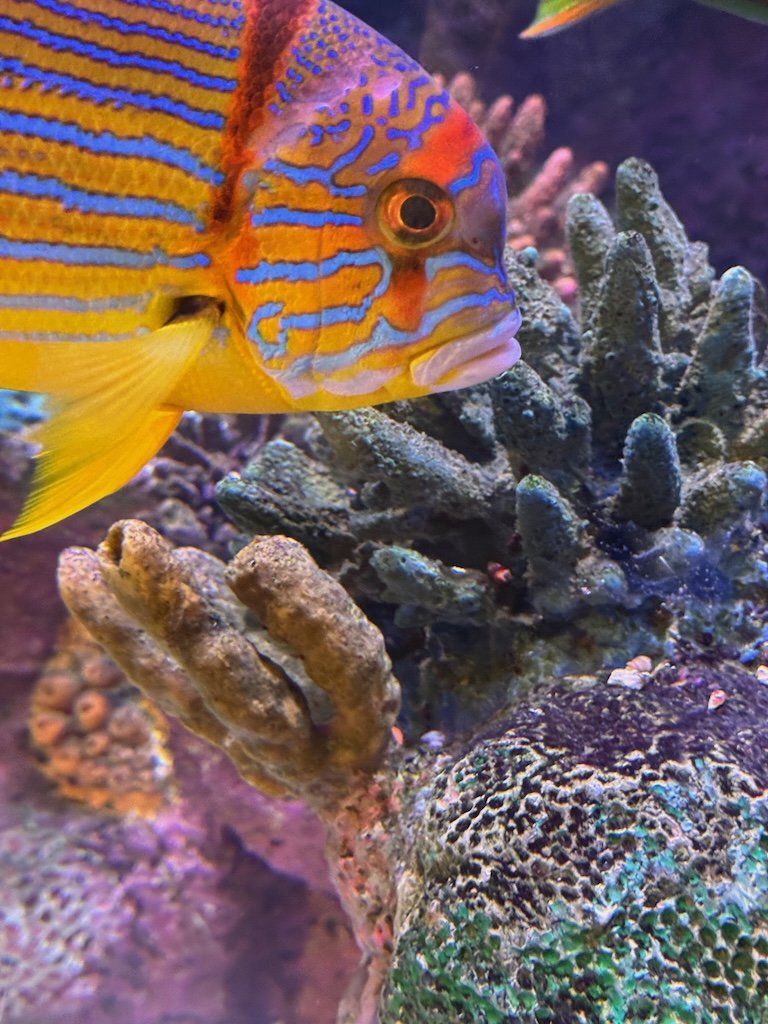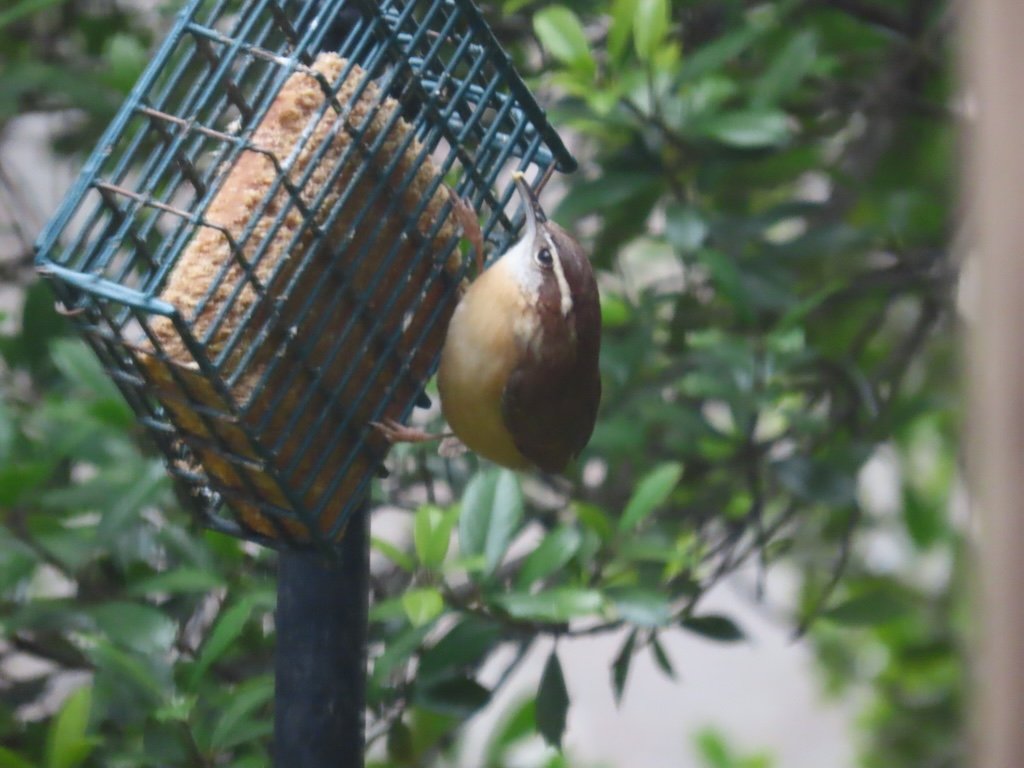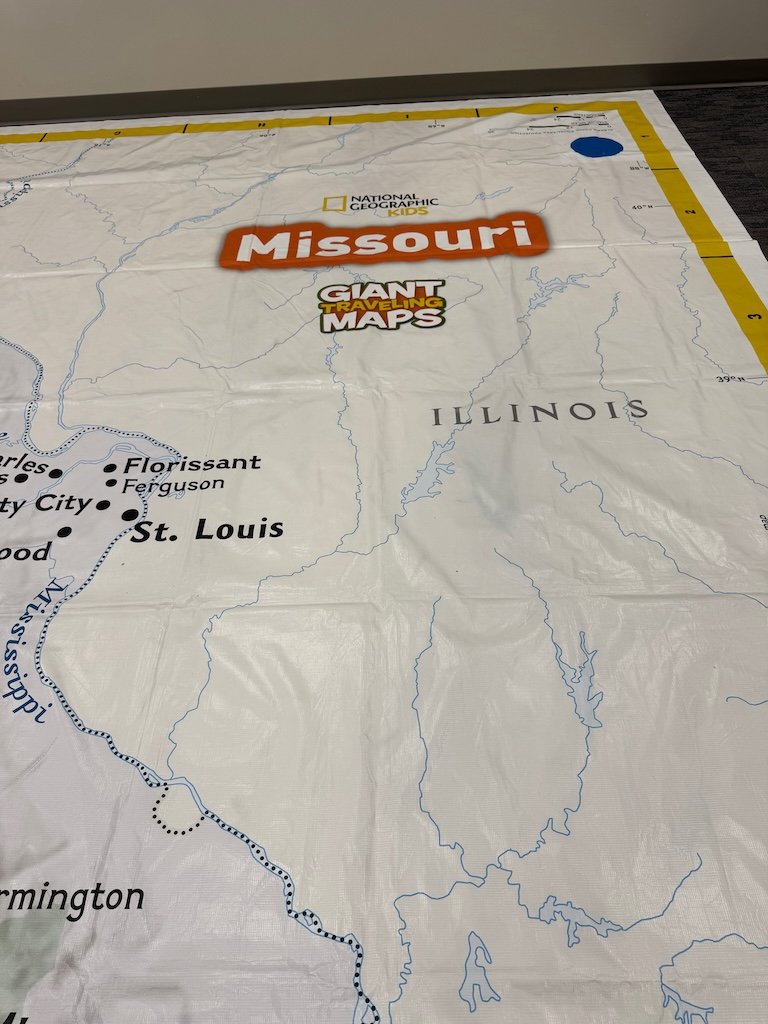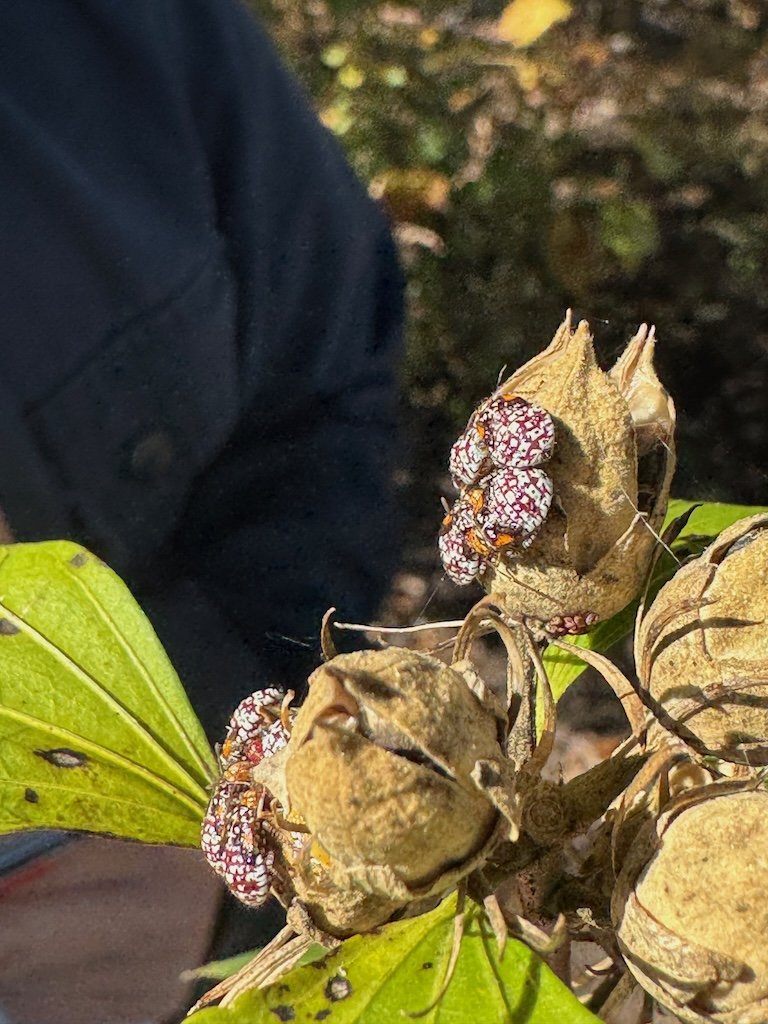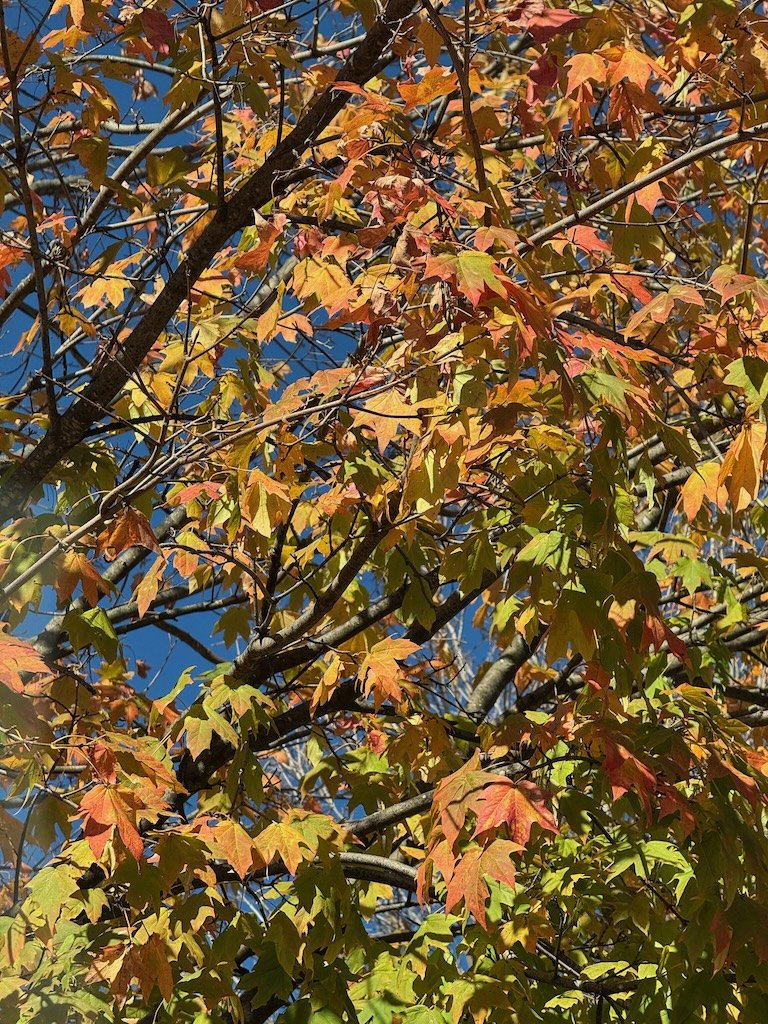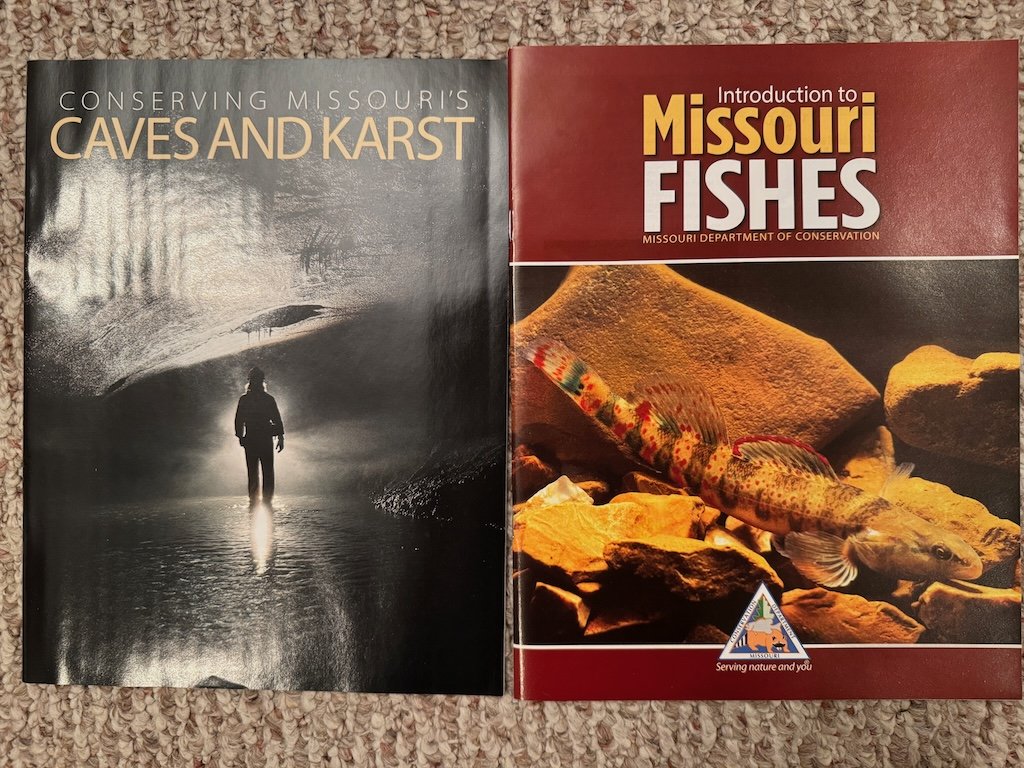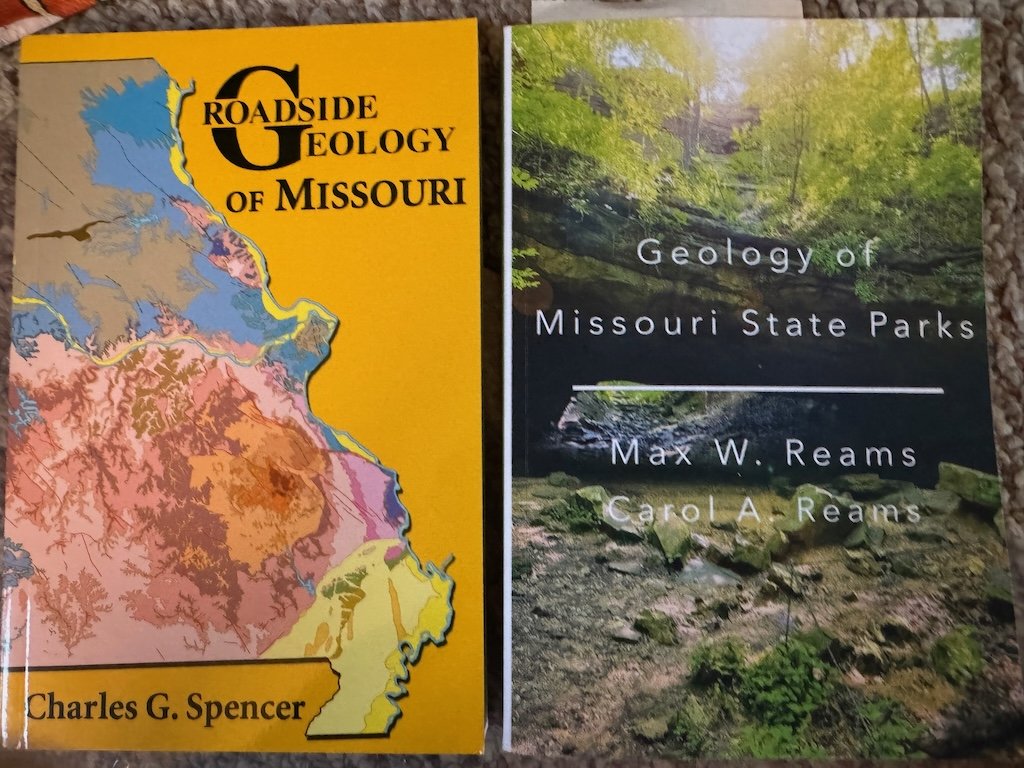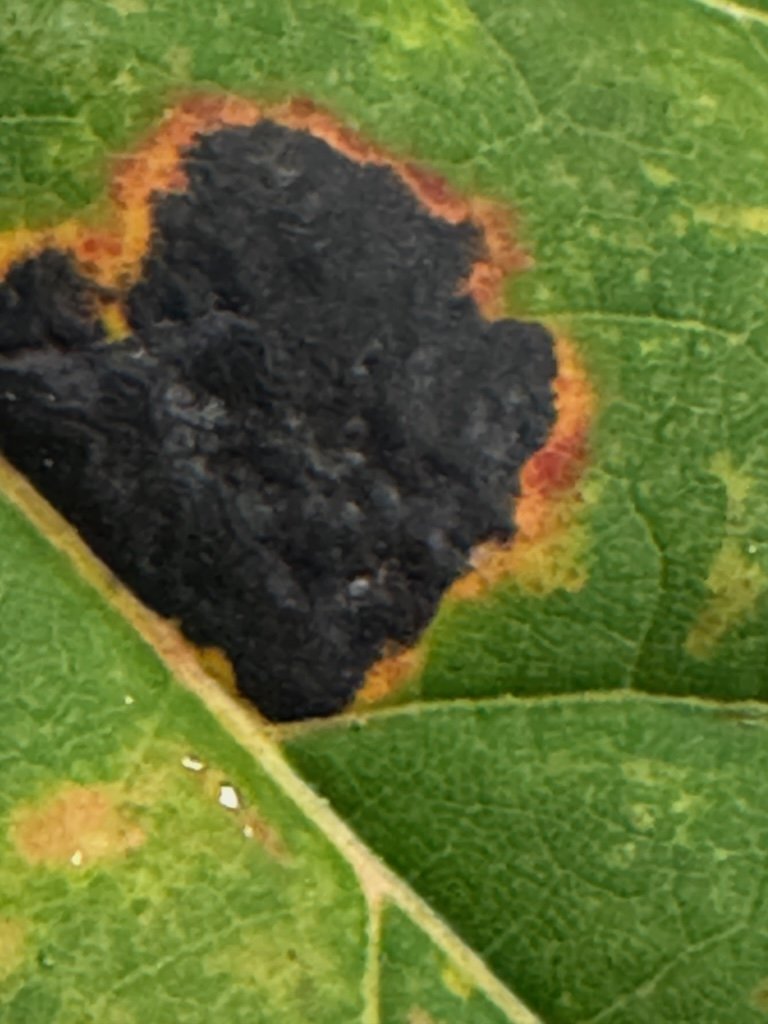Another Event about Trees
/Last week I was one of 4 tables for a Scouting event (the other tables were about bears, skulls, and tracks). I used materials I have been collecting and used since last fall. It was the first time with small groups coming to the table and talking about trees for 10 minutes…then doing it all over again. I expected to be limited to one table but I had 2 – plenty of room to spread out.

The groups were K-4th grade…3-6 in each group. I was surprised at how many recognized the thorn (or pods) of honey locust, knew that trees produced oxygen, and knew that counting trees rings is a way to tell how old the tree was (even though most of them had never really tried to do it before)!
I had a slide show that emphasized things to notice about a tree if you want to identify the type of tree it is.
The different sizes of pinecones were fun….and the difference between the pinecones and the cone from a spruce was new to them. We talked a bit about escaped Bradford pears that we see blooming all over our area right now…and the redbuds that are also in bloom and are native. My white oak seedling was a good conversation starter too; one of the scouts had an acorn that had a root (so far) and was trying to figure out what to do with it next. It is probably one of the red oaks since they tend to sprout in the spring.
The pictures are from the end of the sessions…rearranged considerably from when I started!

